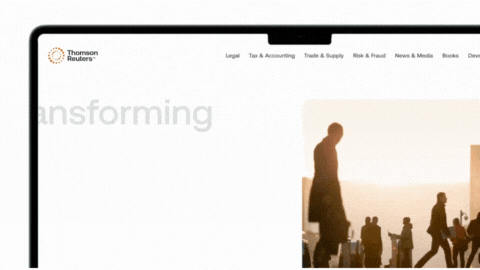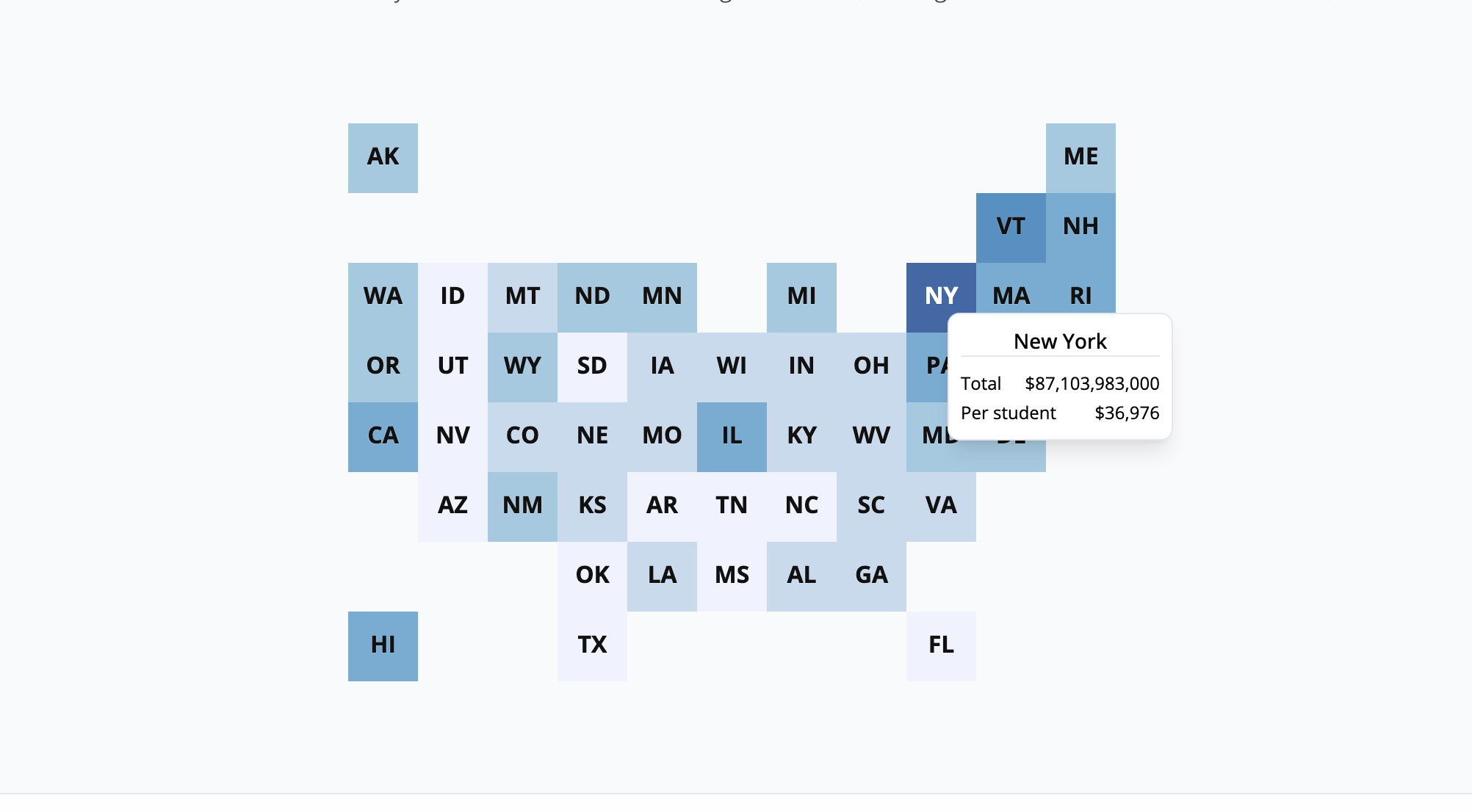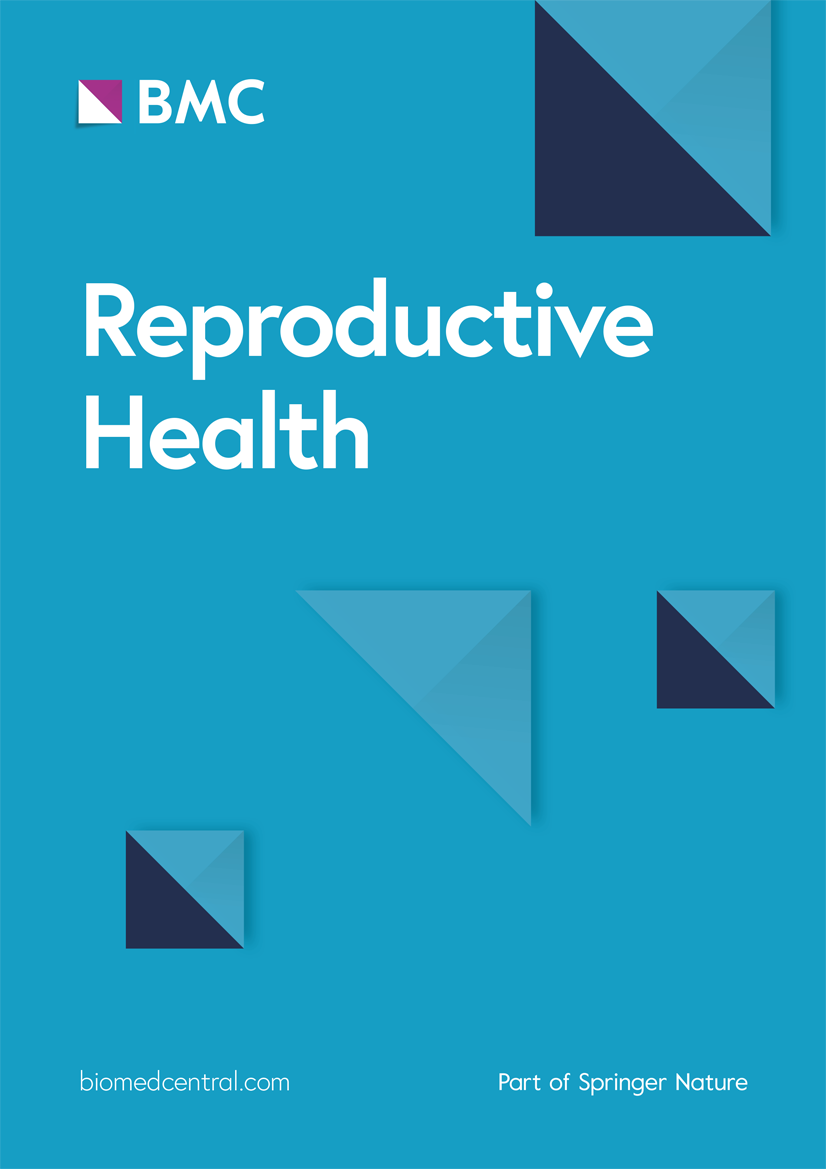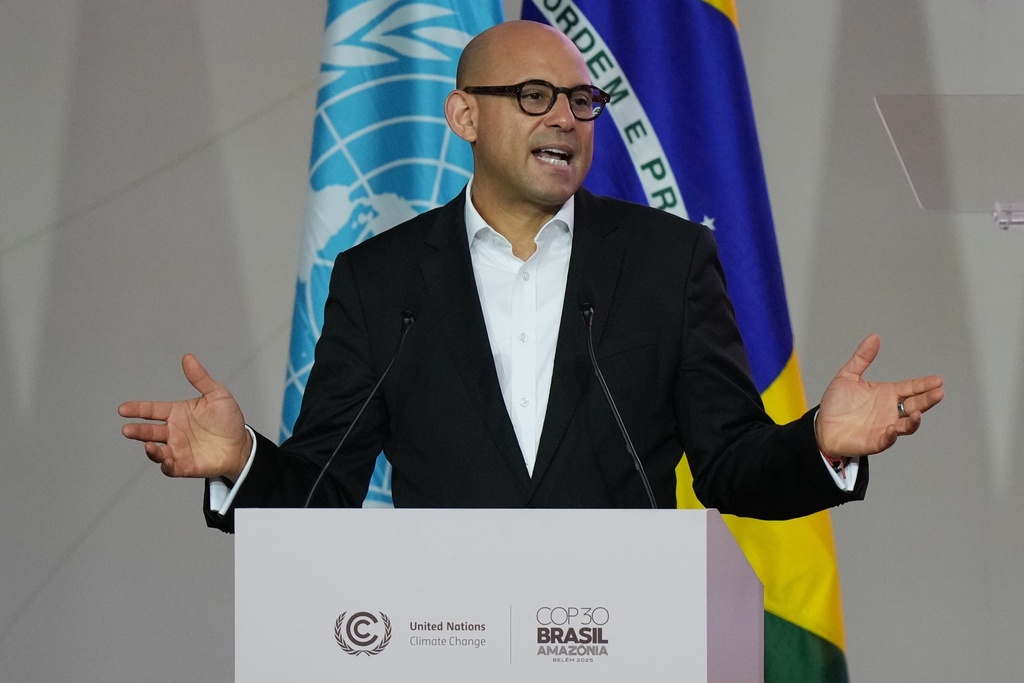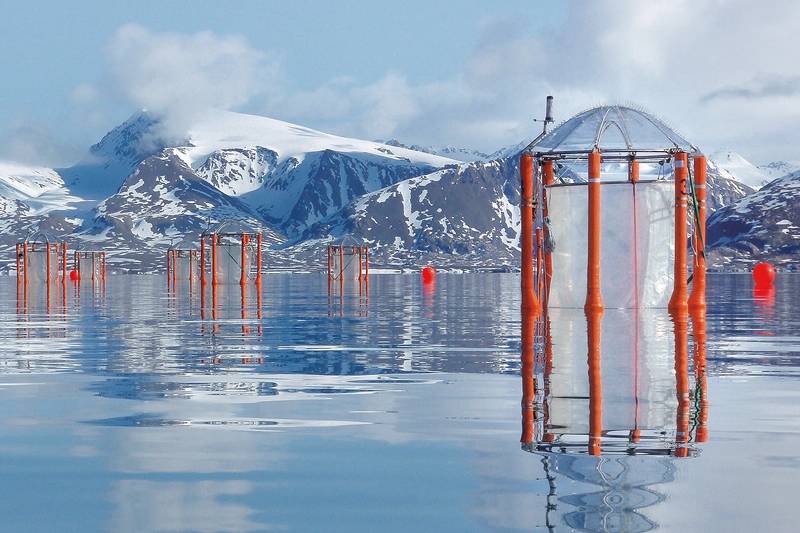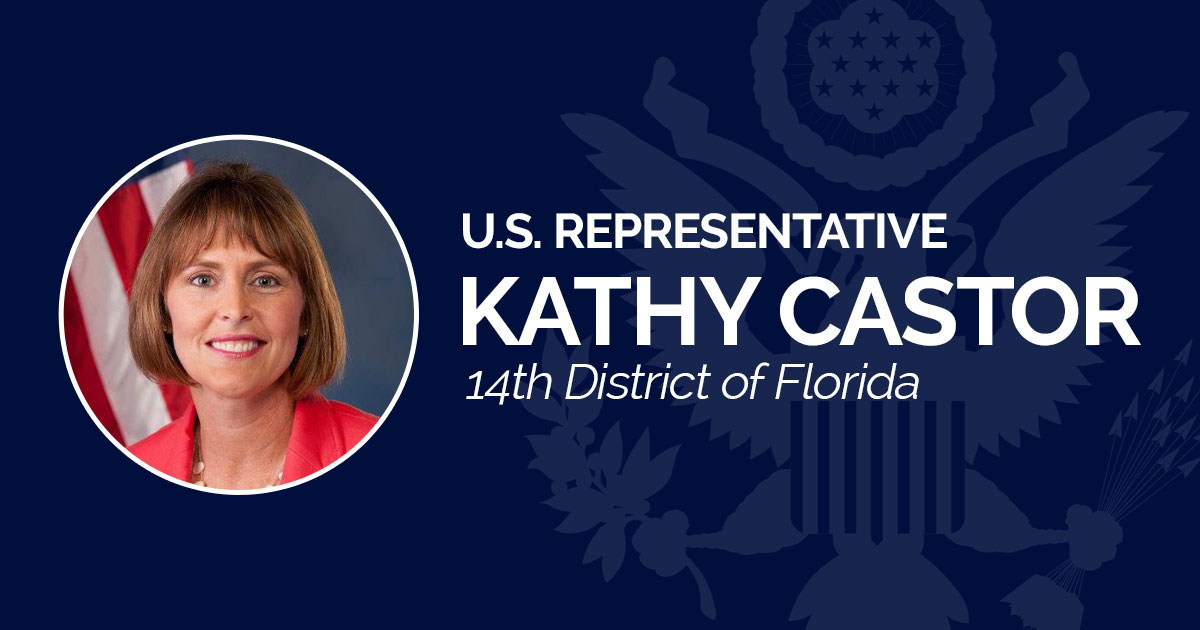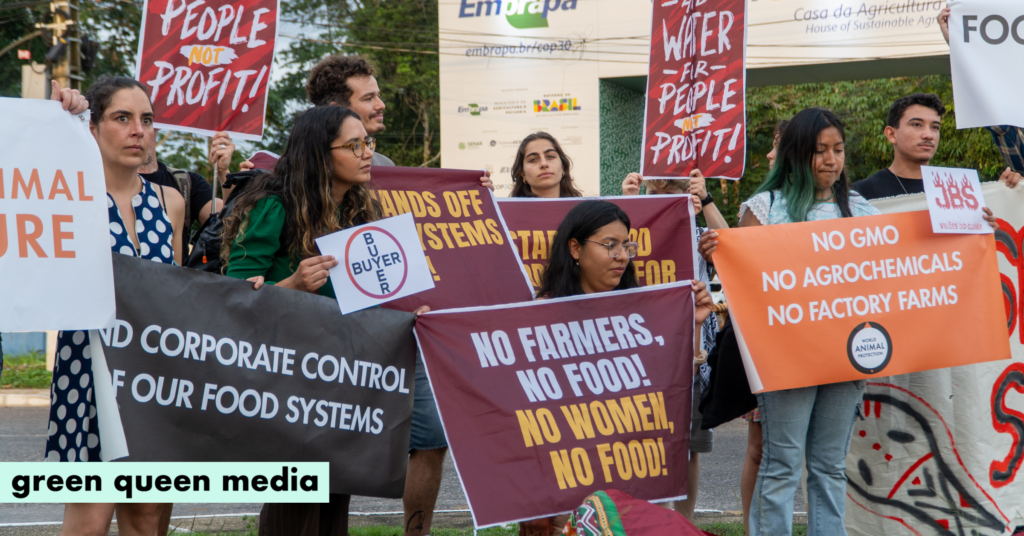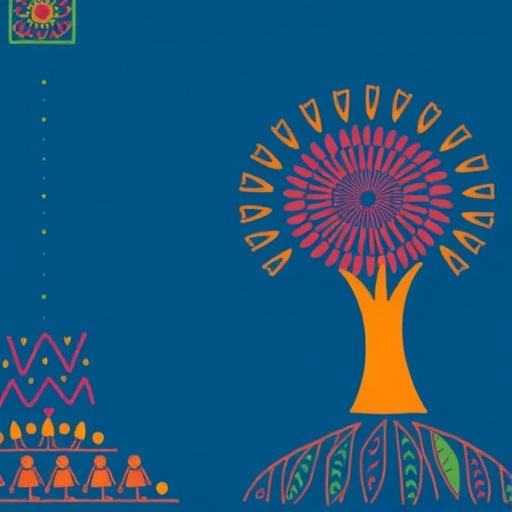An assessment of heat action plans: Global standards, good practices and partnerships – ReliefWeb
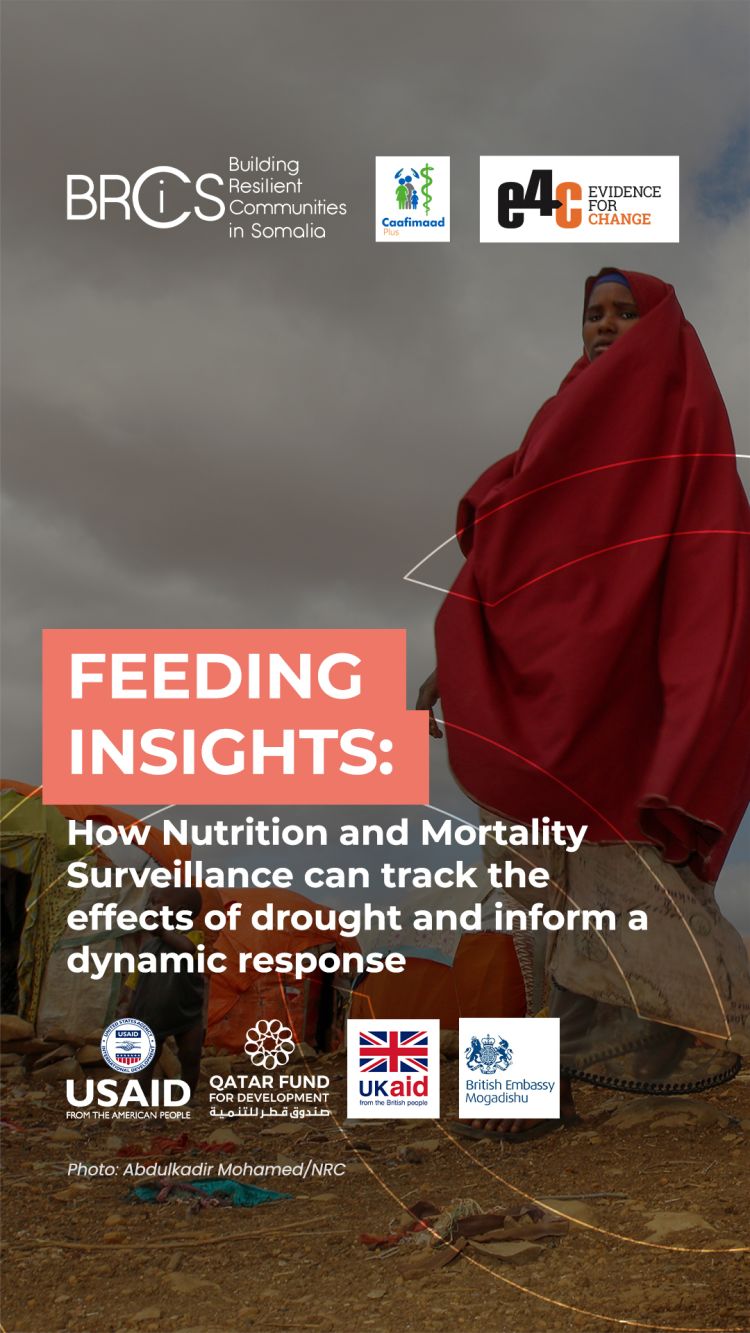
Report on Global Heat Action Plans and Alignment with Sustainable Development Goals
Introduction
A synthesis report evaluating Heat Action Plans (HAPs) from Australia, Canada, France, India, the United Kingdom, and the United States has identified best practices and persistent challenges in building climate resilience. The findings advocate for an adaptable governance framework to improve heat resilience, emphasizing the critical alignment of these efforts with the United Nations’ Sustainable Development Goals (SDGs). The proposed framework includes standardized heat risk definitions, clear agency roles, multi-sector coordination, and early warning systems, all of which are fundamental to achieving global sustainability targets.
Framework for Enhanced Heat Resilience and SDG Integration
H3: Governance and Institutional Strengthening for Climate Action
The report calls for an adaptable national governance framework to guide HAPs. This directly supports SDG 16 (Peace, Justice and Strong Institutions) by promoting effective, accountable, and inclusive institutions to manage climate-related risks. Core elements of this framework include:
- Standardized definitions of heat risk to ensure coherent policy and public communication.
- Clearly defined roles and responsibilities for government agencies.
- Mandated multi-sector coordination to break down silos between departments.
- Integration of robust early warning systems to inform timely action.
Strategic Recommendations for Future Action
The analysis provides key takeaways that serve as strategic recommendations for enhancing the effectiveness of HAPs, with each recommendation intrinsically linked to specific SDGs.
-
Harmonizing Short-Term Response with Long-Term Planning
Immediate interventions, such as public cooling centers and health advisories, are crucial for protecting public health and directly contribute to SDG 3 (Good Health and Well-being). However, for lasting resilience, these must be integrated with long-term strategies. Incorporating durable, climate-resilient infrastructure and urban planning into HAPs is essential for achieving SDG 11 (Sustainable Cities and Communities) and advancing progress on SDG 13 (Climate Action) by preparing communities for future climate realities.
-
Advancing Sectoral Integration for Comprehensive Heat Management
A holistic approach to heat management requires deep integration across multiple sectors, including health, urban infrastructure, emergency response, and social services. This strategy is a core tenet of SDG 17 (Partnerships for the Goals), which emphasizes the need for multi-stakeholder collaboration to address complex global challenges. Such an approach also ensures that the needs of vulnerable populations are met, aligning with the objectives of SDG 10 (Reduced Inequalities).
-
Aligning National HAPs with International Standards
To ensure global coherence and effectiveness, national HAPs should align with international standards and frameworks. Benchmarks provided by the World Health Organization (WHO), the United Nations Office for Disaster Risk Reduction (UNDRR), and the Sendai Framework for Disaster Risk Reduction are invaluable. This alignment directly supports the targets within SDG 13 (Climate Action), which call for strengthening resilience and adaptive capacity to climate-related hazards and natural disasters worldwide.
-
Opportunities for Strategic Public-Private Engagement
Public-private partnerships (PPPs) are instrumental in accelerating the implementation of HAPs. These collaborations can address specific needs, from deploying innovative cooling solutions to advancing predictive technologies for early warning systems. Fostering PPPs is a key component of SDG 17 (Partnerships for the Goals). Furthermore, leveraging private sector expertise and investment in technology and infrastructure contributes significantly to SDG 9 (Industry, Innovation and Infrastructure), building a foundation for resilient and sustainable societies.
SDGs Addressed in the Article
- SDG 3: Good Health and Well-being
- SDG 11: Sustainable Cities and Communities
- SDG 13: Climate Action
- SDG 17: Partnerships for the Goals
Identified SDG Targets
-
SDG 3: Good Health and Well-being
- Target 3.d: Strengthen the capacity of all countries, in particular developing countries, for early warning, risk reduction and management of national and global health risks.
Explanation: The article emphasizes mitigating “acute health risks” from heat through “early warning systems” and aligning Heat Action Plans (HAPs) with “WHO’s health guidelines.” This directly addresses the need to build capacity to manage health risks associated with extreme heat events.
- Target 3.d: Strengthen the capacity of all countries, in particular developing countries, for early warning, risk reduction and management of national and global health risks.
-
SDG 11: Sustainable Cities and Communities
- Target 11.5: By 2030, significantly reduce the number of deaths and the number of people affected and substantially decrease the direct economic losses relative to global gross domestic product caused by disasters, including water-related disasters, with a focus on protecting the poor and people in vulnerable situations.
Explanation: The article’s focus on HAPs, cooling centers, and health advisories is aimed at reducing the adverse effects of heat disasters on populations, which aligns with reducing the number of people affected by such events. - Target 11.b: By 2020, substantially increase the number of cities and human settlements adopting and implementing integrated policies and plans towards inclusion, resource efficiency, mitigation and adaptation to climate change, resilience to disasters, and develop and implement, in line with the Sendai Framework for Disaster Risk Reduction 2015-2030, holistic disaster risk management at all levels.
Explanation: The report advocates for incorporating “durable infrastructure and climate-resilient urban planning into HAPs” and aligning them with “UNDRR’s resilience frameworks, and the Sendai Framework for Disaster Risk Reduction,” which directly corresponds to implementing integrated policies for climate adaptation and disaster resilience.
- Target 11.5: By 2030, significantly reduce the number of deaths and the number of people affected and substantially decrease the direct economic losses relative to global gross domestic product caused by disasters, including water-related disasters, with a focus on protecting the poor and people in vulnerable situations.
-
SDG 13: Climate Action
- Target 13.1: Strengthen resilience and adaptive capacity to climate-related hazards and natural disasters in all countries.
Explanation: The entire article is centered on improving “heat resilience” through the implementation and enhancement of “heat action plans.” It discusses strategies to “better prepare communities for evolving climate realities,” which is the core of strengthening resilience and adaptive capacity. - Target 13.3: Improve education, awareness-raising and human and institutional capacity on climate change mitigation, adaptation, impact reduction and early warning.
Explanation: The article calls for “standardized heat risk definitions, clear agency roles, multi-sector coordination, and early warning systems.” These elements are fundamental to building institutional capacity for climate change adaptation and impact reduction.
- Target 13.1: Strengthen resilience and adaptive capacity to climate-related hazards and natural disasters in all countries.
-
SDG 17: Partnerships for the Goals
- Target 17.16: Enhance the Global Partnership for Sustainable Development, complemented by multi-stakeholder partnerships that mobilize and share knowledge, expertise, technology and financial resources, to support the achievement of the sustainable development goals in all countries, in particular developing countries.
Explanation: The report highlights the importance of aligning national HAPs with international standards from organizations like WHO and UNDRR and is itself a synthesis report from multiple organizations (Nicholas Institute, GHHIN, WMO, UNDRR) sharing knowledge. - Target 17.17: Encourage and promote effective public, public-private and civil society partnerships, building on the experience and resourcing strategies of partnerships.
Explanation: The article explicitly states that “Public-private partnerships (PPPs) are instrumental in addressing specific needs within HAPs” and calls for “strategic public-private engagement” and a “multi-sectoral approach” involving health, urban infrastructure, and social services.
- Target 17.16: Enhance the Global Partnership for Sustainable Development, complemented by multi-stakeholder partnerships that mobilize and share knowledge, expertise, technology and financial resources, to support the achievement of the sustainable development goals in all countries, in particular developing countries.
Implied Indicators for Measuring Progress
-
For Target 3.d & 13.3:
- Indicator: Existence and implementation of national Heat Action Plans (HAPs) with early warning systems.
Explanation: The article’s primary focus is on the evaluation and improvement of HAPs. The presence, scope, and effectiveness of these plans, particularly their “early warning systems,” serve as a direct measure of a country’s capacity to manage heat-related health risks. This relates to official indicator 3.d.1 (International Health Regulations (IHR) capacity and health emergency preparedness).
- Indicator: Existence and implementation of national Heat Action Plans (HAPs) with early warning systems.
-
For Target 11.b & 13.1:
- Indicator: Adoption of national and local disaster risk reduction strategies aligned with the Sendai Framework.
Explanation: The article explicitly recommends “Aligning National HAPs with International Standards” including “UNDRR’s resilience frameworks, and the Sendai Framework for Disaster Risk Reduction.” Therefore, the number of HAPs or similar strategies that are formally aligned with the Sendai Framework is a key indicator of progress. This directly relates to official indicator 11.b.1 and 13.1.2.
- Indicator: Adoption of national and local disaster risk reduction strategies aligned with the Sendai Framework.
-
For Target 17.17:
- Indicator: Number and scope of public-private partnerships (PPPs) established for heat resilience.
Explanation: The article identifies “strategic public-private engagement” and “PPPs” as “instrumental” for “deploying cooling solutions to advancing predictive technologies.” Tracking the formation and outcomes of such partnerships would be a direct way to measure progress toward this target, as mentioned in the article. This relates to official indicator 17.17.1.
- Indicator: Number and scope of public-private partnerships (PPPs) established for heat resilience.
Summary of SDGs, Targets, and Indicators
| SDGs | Targets | Indicators Identified in Article |
|---|---|---|
| SDG 3: Good Health and Well-being | 3.d: Strengthen capacity for early warning, risk reduction and management of national and global health risks. | Implementation of Heat Action Plans (HAPs) that include health advisories and early warning systems, aligned with WHO guidelines. |
| SDG 11: Sustainable Cities and Communities | 11.b: Increase the number of cities implementing integrated policies for climate change adaptation, resilience to disasters, in line with the Sendai Framework. | Adoption of HAPs that incorporate climate-resilient urban planning and are aligned with the Sendai Framework for Disaster Risk Reduction. |
| SDG 13: Climate Action | 13.1: Strengthen resilience and adaptive capacity to climate-related hazards and natural disasters. | Development and evaluation of national and local HAPs as a framework for improving heat resilience. |
| SDG 17: Partnerships for the Goals | 17.17: Encourage and promote effective public, public-private and civil society partnerships. | Establishment of public-private partnerships (PPPs) and multi-sectoral approaches for deploying cooling solutions and advancing predictive technologies. |
Source: reliefweb.int

What is Your Reaction?
 Like
0
Like
0
 Dislike
0
Dislike
0
 Love
0
Love
0
 Funny
0
Funny
0
 Angry
0
Angry
0
 Sad
0
Sad
0
 Wow
0
Wow
0

